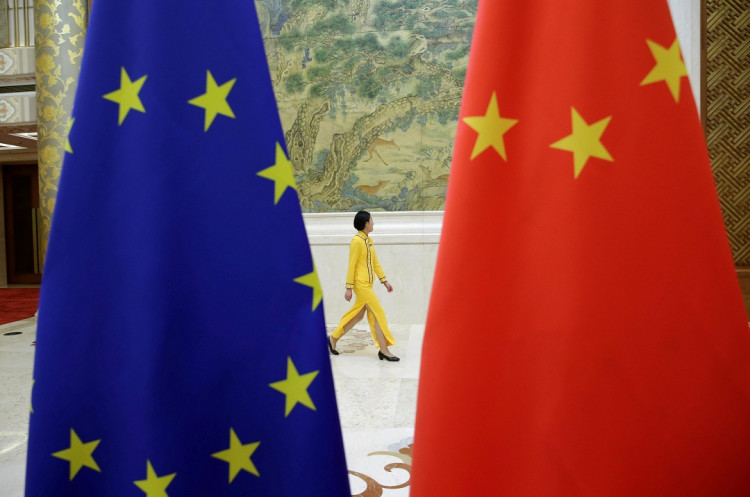The relevance of the 17+1 circle that was formed in 2012 is at stake as China pushes for interest in the group's upcoming activities during a critical period in global health and economy.
Virtual Meeting's Draft Guidelines
One day before the last-minute event was scheduled, it was revealed that draft guidelines for the meeting suggested Beijing sought to secure a hosting spot for a physical summit between the 17+1 countries next year.
The draft guidelines, which were not yet finalized Monday, further indicated that China was looking to drive interest in several events between 2021 to 2022, including a Hungary-hosted medical device conference.
There were also proposed guidelines on improving cooperation between the countries in managing the COVID-19 pandemic, as well as projects for environment collaboration.
Analysts said that the group's relevance will be measured by how much multilateralism the countries will achieve as they aim to be in the spotlight with other groups committed to global cooperation.
The exact number of countries that will attend the virtual meeting has yet to be revealed, but earlier reports revealed that Lithuania and Estonia will not take part in the virtual summit.
On the other hand, Estonia government-owned ERR News reported that the two nations will attend the virtual summit. The news outlet said Minister of Foreign Affairs Eva-Maria Liimets will represent Estonia at the conference.
How Was The 17+1 Group Formed?
The 17+1 cooperation framework was established in April 2012, after Poland hosted the first Leaders' Summit of China and Central and Eastern European Countries.
At that time, the group's name was 16+1. It was only in 2019 when the group became 17+1, after Greece officially joined the collaboration group following the leaders' summit hosted by Croatia.
Experts are watching which countries will join 17+1 in the near future, should this year's virtual summit result in positive projects and encouraging outcomes.
So far, 12 of the 17 European countries in the group are also members of the European Union. Analysts said the group's official member count could grow, depending on EU bloc rules.
China's 2020 Trade with Central and Eastern European Countries
Two days before the anticipated Feb. 9 summit, representative of the Chinese Ministry of Commerce (MOFCOM), Gao Feng, said China's foreign trade with Central and Eastern European nations expanded by 8.4% last year.
The trade growth was driven by high-quality European brands becoming a popular choice among Chinese consumers as well as the countries' active participation in the China International Import Expo.
Foreign direct investments between China and the regions also increased, as well as transport connections, MOFCOM data indicated.
It is expected that Tuesday's virtual summit should help promote cooperation in various sectors including agriculture and aviation.






